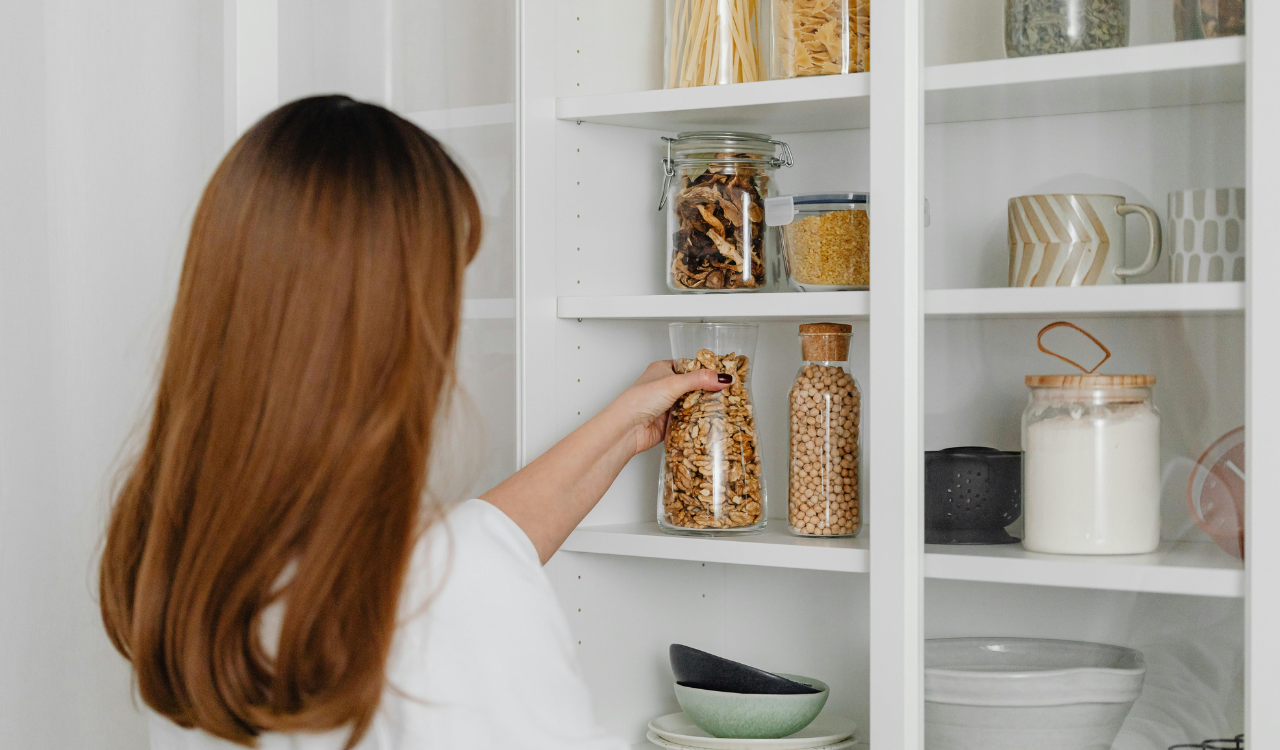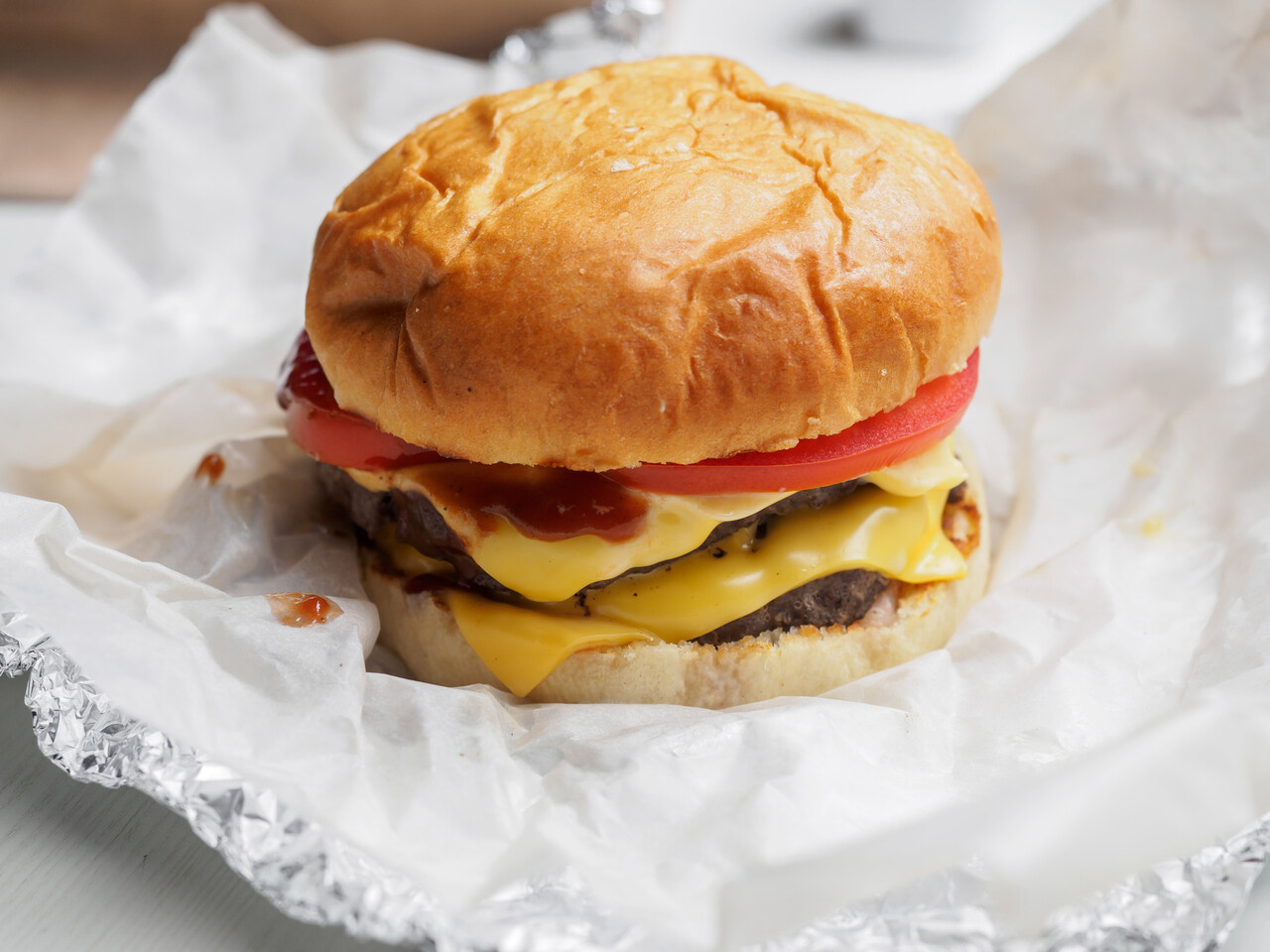10 Restaurant Orders Chefs Quietly Skip on Menus
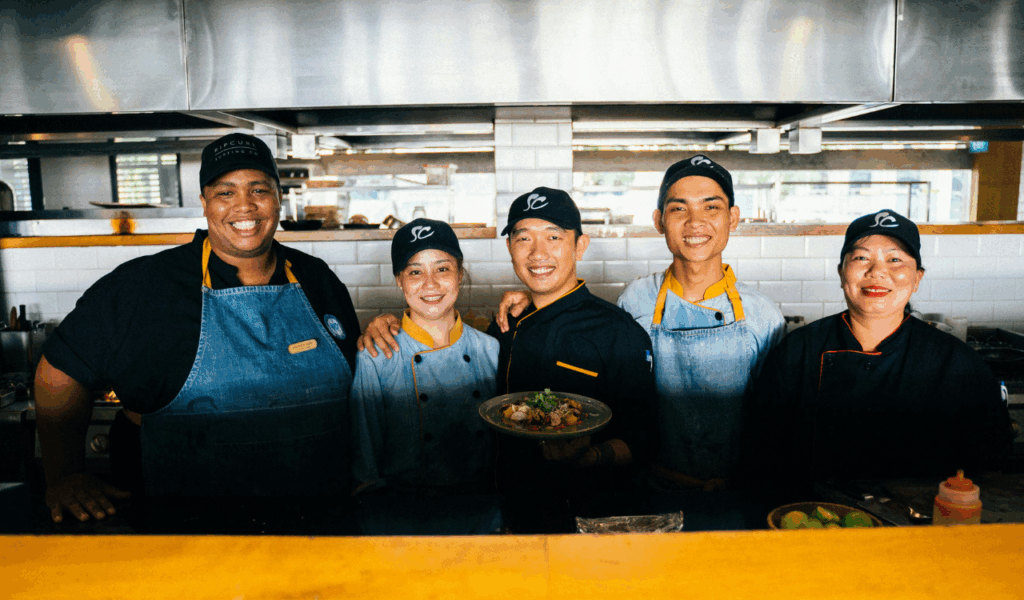
When you eat out, chefs know better than anybody else what not to order. They know what goes on behind the scenes in the kitchen, like how food is stored, how it is prepared, and how diners sometimes miss menu traps. These are the dinners that chefs usually miss, including seafood that has been sitting out too long or dishes that use frozen components. Knowing what professionals avoid can help you make better, safer, and more delicious food choices the next time you eat out.
1. Specials That Sound Too Complicated

When a restaurant’s special includes too many parts or strange combinations, cooks are careful. Sometimes, too complicated specialties are used to hide old ingredients or try out new concepts that could be dangerous. A good special should show off the freshness of the season, not just an experiment in the kitchen. A menu with five sauces, three proteins, and strange combinations is a bad sign. Chefs frequently like meals that sound basic but show off their skills and use fresh ingredients instead of making a mess on the plate.
2. Well-Done Steaks
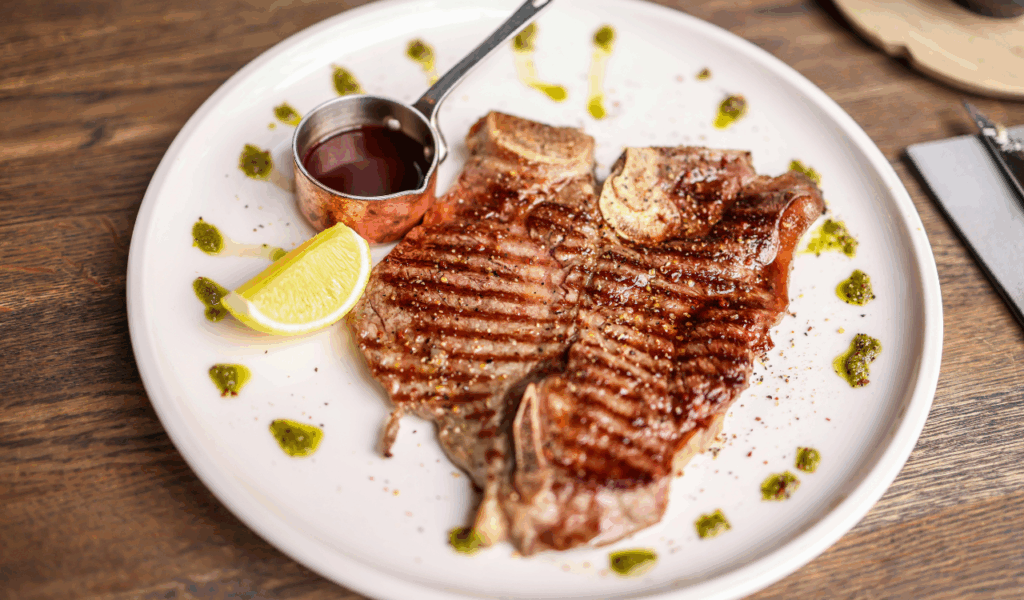
Chefs almost never request steak grilled well done because it gets dry and tough. To get that texture, cooks have to leave the meat on the grill longer, which typically causes it to char, which hides lower quality slices. Some kitchens even save aside older pieces for well done requests because the taste changes are less noticeable. Professionals who know beef best like medium rare or medium steaks because they keep the juiciness and flavor balance.
3. Discounted Raw Oysters
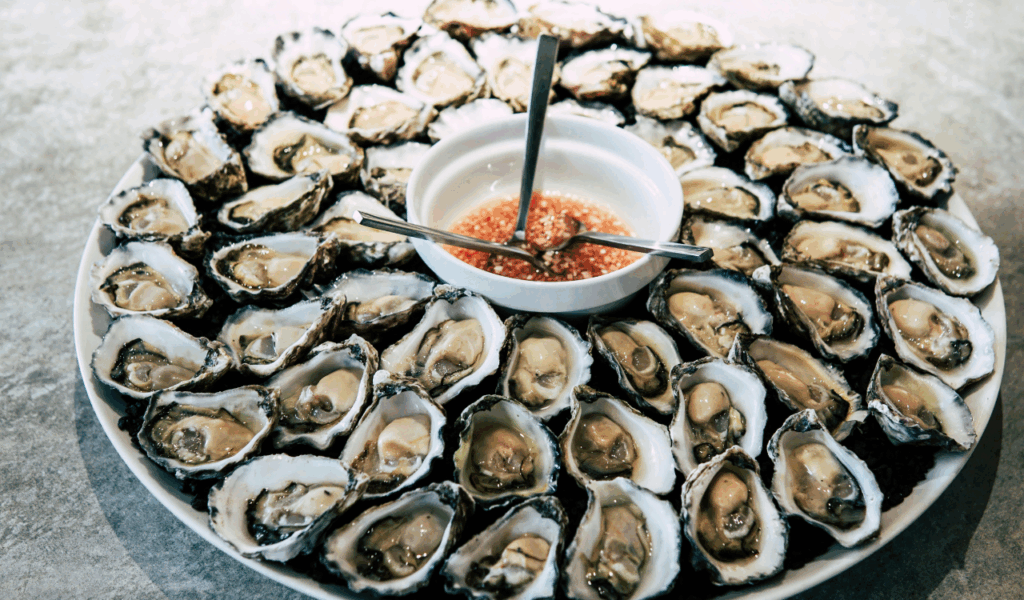
Fresh oysters can be a joy, but chefs stay away from cheap oyster evenings. These shellfish go bad rapidly, so you need to keep an eye on the temperature. Sometimes, when they are sold for a low price, it signifies they are almost out of date. If you eat a poor oyster, you could get really sick from it. Professionals only go to raw bars that have a lot of customers and tight rules about where they get their food. They recognize that freshness is more important than price when it comes to anything uncooked from the sea.
4. Chicken Dishes at Steakhouses

Chefs don’t usually like it when people order chicken at a steakhouse. Most of the time, it’s an afterthought, included for people who don’t consume red meat. The chicken might not be as good or cooked as well because the kitchen is focused on beef. You’re probably paying steakhouse pricing for a meal that you could make better at home. Chefs like to order the restaurant’s signature dishes because they know they will taste good and get the right amount of attention in the kitchen.
5. Mussels at Slow Restaurants
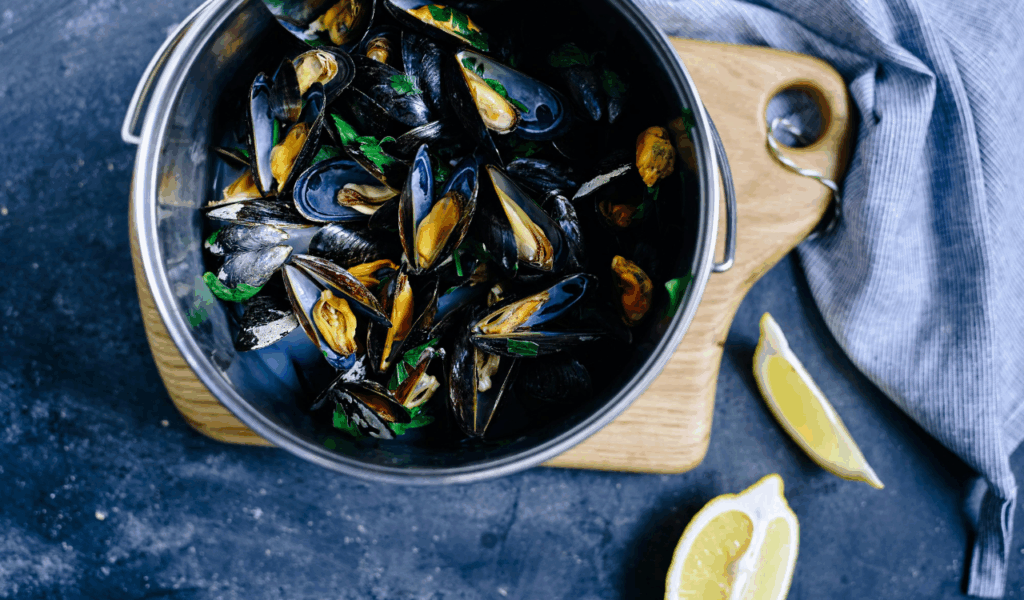
If you don’t treat them appropriately, mussels can be dangerous. But when they’re fresh, they’re great. They go bad quickly, so you have to preserve and cook them the same day they arrive. Chefs don’t like to cook mussels at places that don’t get a lot of seafood or that look empty during service. If the restaurant isn’t crowded, it’s possible that those shellfish have been there for too long. Professionals who know better don’t think the possible food safety risk is worth it.
6. Truffle Oil Dishes
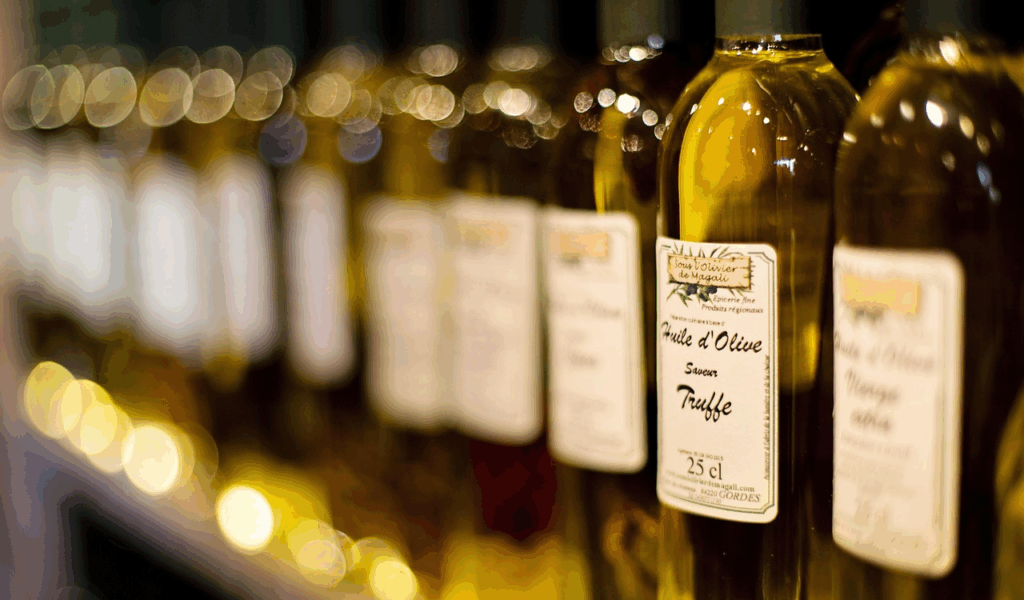
Truffle oil may sound fancy, but most kinds are fake and manufactured with fake taste compounds instead of actual truffles. Chefs can tell right away because it smells like chemicals and is too strong for food instead of making it better. Truffle oil is a common way for restaurants to make inexpensive dishes look fancy. Professionals usually overlook these things because they prefer recipes that use real ingredients instead of fake prestige or gimmicky seasoning.
7. Sushi on Mondays
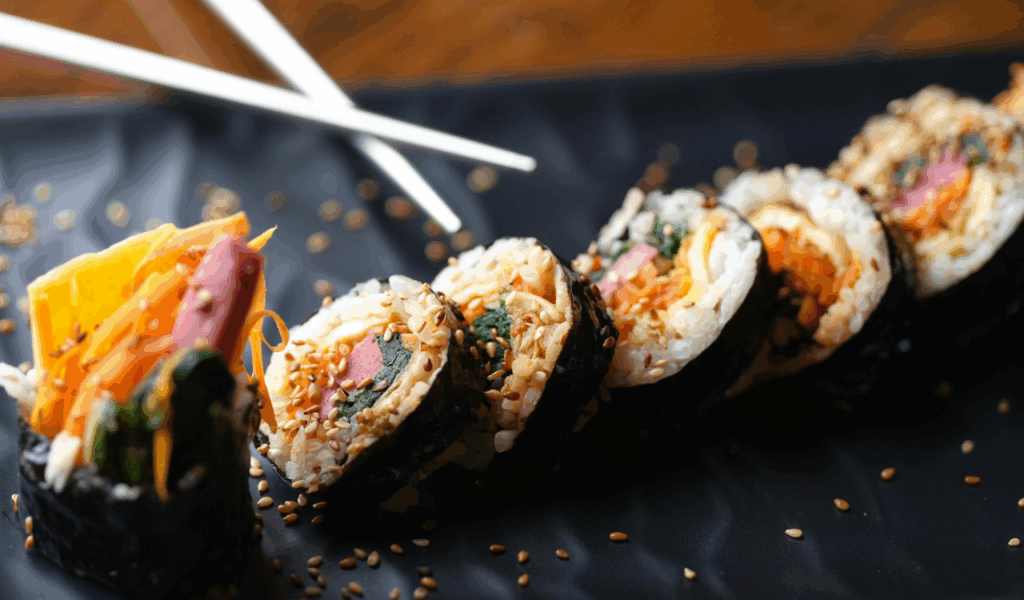
A lot of chefs have an unwritten rule: don’t eat sushi on Mondays. Seafood supplies usually occur between the middle and end of the week, so seafood that is served early in the week could be a few days old. Some sushi bars may not follow stringent storage rules, but others do. Even in the best conditions, raw fish loses its freshness rapidly. That’s why experienced chefs wait until the weekend to eat sushi, when the fish is most likely to be at its best.
8. Anything Overly “Healthy” or Low-Calorie
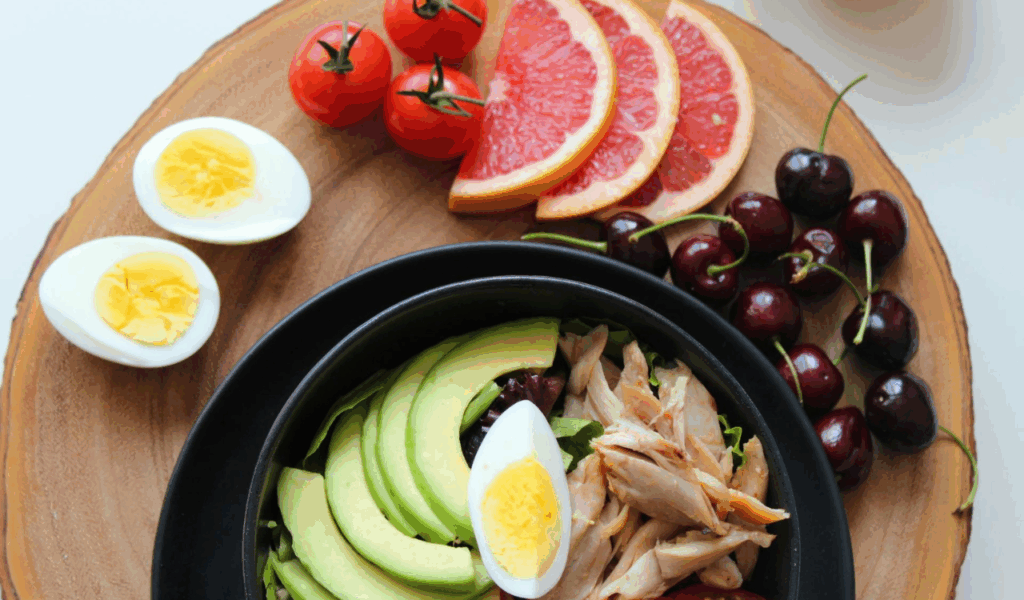
Chefs are still wary when menu items focus more on “low-fat” or “guilt-free” than on taste. To minimize calories, these meals generally use manufactured replacements or watered-down flavors. The ultimate product is usually bland and not very pleasant. Instead of tight rules, chefs like meals that are balanced and produced with healthy, naturally nutrient-rich foods. Moderation and quality, not flavorless shortcuts that sound good on paper, are what really make you healthy.
9. Breaded Fried Fish at Non-Seafood Places
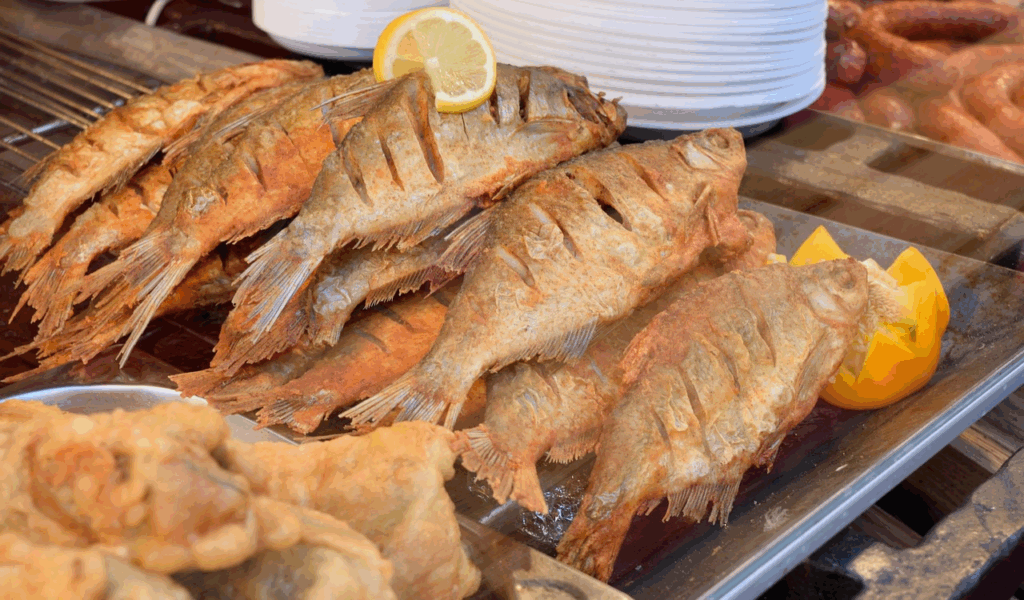
Fried fish with breading can be good, but not when you order it from a place that doesn’t often serve seafood. Chefs know that cooking fish in thick batter can mask how good it is. Frozen fillets are frequent at restaurants that don’t sell a lot of fish. The end effect is mushy, bland, or too greasy. Professionals only eat fish in seafood focused restaurants, where the food is always fresh and there are a lot of customers.
10. Daily Soup at Chain Restaurants

That “soup of the day” might not be as fresh as it sounds. In a lot of chain or big restaurants, they make a lot of soup ahead of time, reheat it for days, and sometimes mix it together to save waste. Chefs know that most of the time, the restaurant doesn’t make its soups from scratch every day unless it’s recognized for them. They would rather order something that the chef makes fresh for each service, which makes it taste better, feel better, and be safer.
